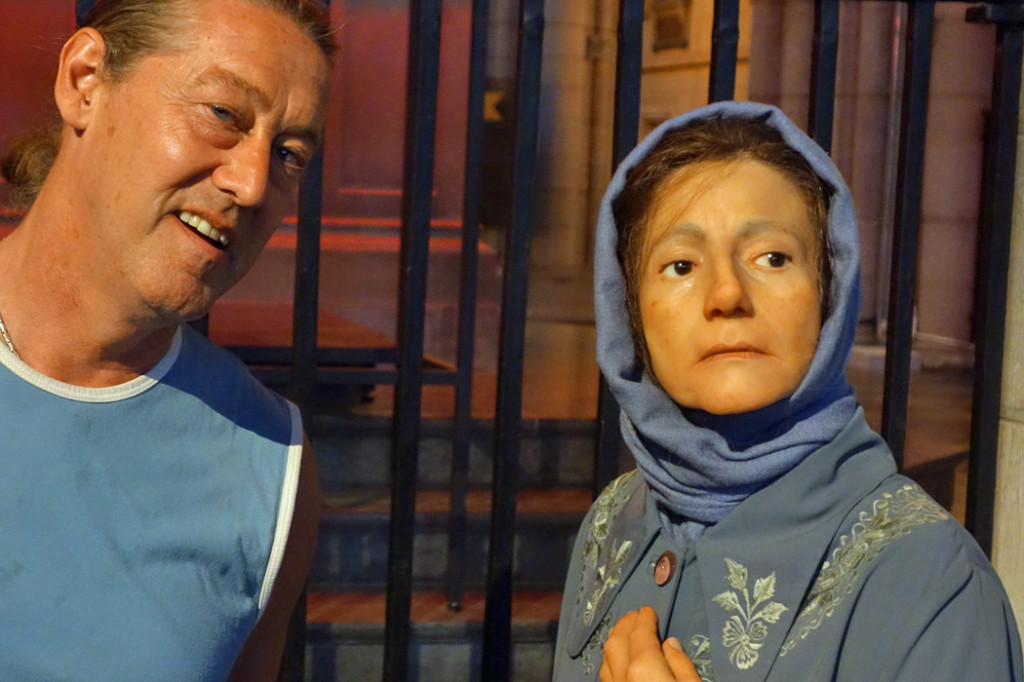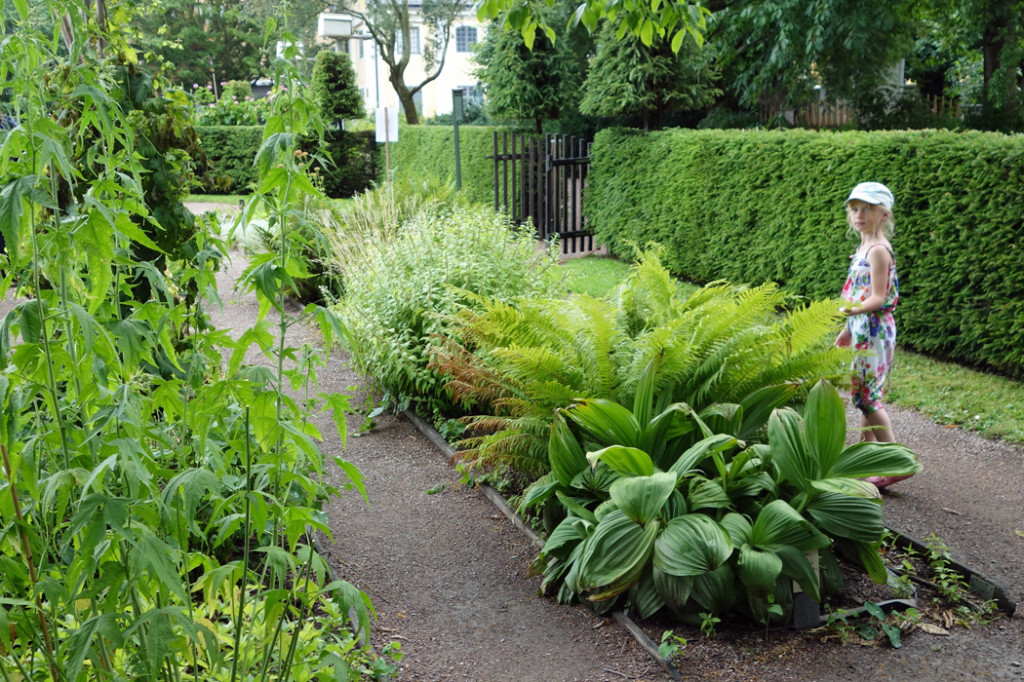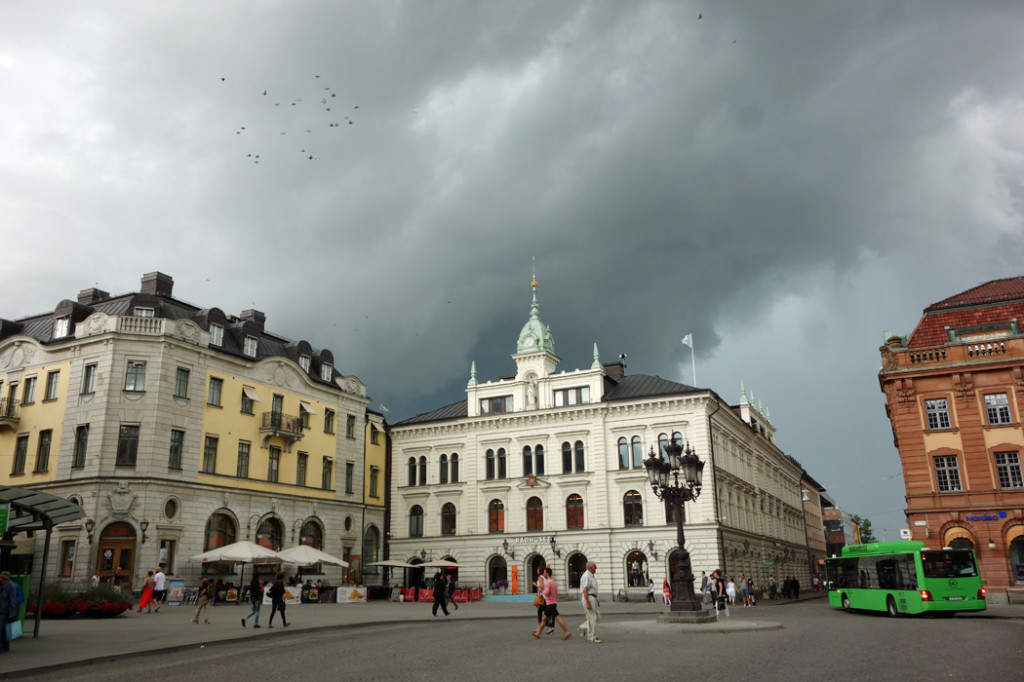Uppsala, Sweden’s fourth-largest city, is the best side-trip from Stockholm — just under an hour away by train. While it’s a small city, it comes with a big history.
A few blocks in front of the train station, an inviting commercial center bustles around Uppsala’s main square and along its scenic riverfront. Across the river towers its historic cathedral and a venerable university, with a museum showing off a rare 17th-century anatomical theater along with its prestigious academic accomplishments, and a library with literary treasures on display.
Uppsala was also home to the father of modern botany, Carl Linnaeus, whose home and garden — now a museum — provide a vivid look at this amazing scientist and his work. Linnaeus lived here from 1743 until 1778, while he was professor of medicine and botany at the University of Uppsala. It was here that Linnaeus developed a way to classify the plant kingdom. The museum fills Linnaeus home (which he shared with his wife and seven children) with the family’s personal possessions and his professional gear. You’ll see his insect cabinet, herbs cabinet, desk, botany tools, and notes. Wandering the garden where the most famous of all botanists did his work, you can pop into the orangery, built so temperate plants could survive the Nordic winters.
Just outside of town stands Gamla (“Old”) Uppsala, a prehistoric series of mounds where the nation of Sweden was born back in the Iron Age. This site gives historians goose bumps even on a sunny day. It includes nine large royal burial mounds circled by a walking path, all with English descriptions. Fifteen hundred years ago, when the Baltic Sea was higher and it was easy to sail all the way to Uppsala, the pagan Swedish kings had their capital here. Old Uppsala is where the petty Swedish kingdoms came together and a nation coalesced. It was here that Sweden became Christianized a thousand years ago. In 1989, Pope John Paul II gave a Mass right here to celebrate that triumph of Christianity over paganism in Sweden.
If you’re not traveling anywhere else in Sweden other than Stockholm, Uppsala makes a pleasant day trip.
 The highlight of a visit to Gamla Uppsala is climbing the burial mounds and imagining the scene over a thousand years ago when the democratic tradition of this country helped bring the many small Swedish kingdoms together into one nation. Entire communities would gather at the rock that marked their place. Then the leader, standing atop the flat mound (where Håkan is in this photo), would address the crowd as if in a natural amphitheater, and issues of the day would be dealt with.
The highlight of a visit to Gamla Uppsala is climbing the burial mounds and imagining the scene over a thousand years ago when the democratic tradition of this country helped bring the many small Swedish kingdoms together into one nation. Entire communities would gather at the rock that marked their place. Then the leader, standing atop the flat mound (where Håkan is in this photo), would address the crowd as if in a natural amphitheater, and issues of the day would be dealt with.
 In Uppsala’s Lutheran cathedral, you’ll find a different take on the Virgin Mary. This eerily lifelike statue from 2005, called “Mary (The Return),” captures Jesus’ mother wearing a scarf and timeless garb. In keeping with the Protestant spirit here, this new version of Mary is shown not as an exalted queen, but as an everywoman, saddened by the loss of her child and seeking solace — or answers — in the church.
In Uppsala’s Lutheran cathedral, you’ll find a different take on the Virgin Mary. This eerily lifelike statue from 2005, called “Mary (The Return),” captures Jesus’ mother wearing a scarf and timeless garb. In keeping with the Protestant spirit here, this new version of Mary is shown not as an exalted queen, but as an everywoman, saddened by the loss of her child and seeking solace — or answers — in the church.
 Strolling the first botanical garden in Sweden, at the former home of Carl Linnaeus, I felt like this child: filled with wonder. Carl Linnaeus ran this botanical garden, living on site to study the plant action — day and night, all year round — of about 3,000 different species.
Strolling the first botanical garden in Sweden, at the former home of Carl Linnaeus, I felt like this child: filled with wonder. Carl Linnaeus ran this botanical garden, living on site to study the plant action — day and night, all year round — of about 3,000 different species.



